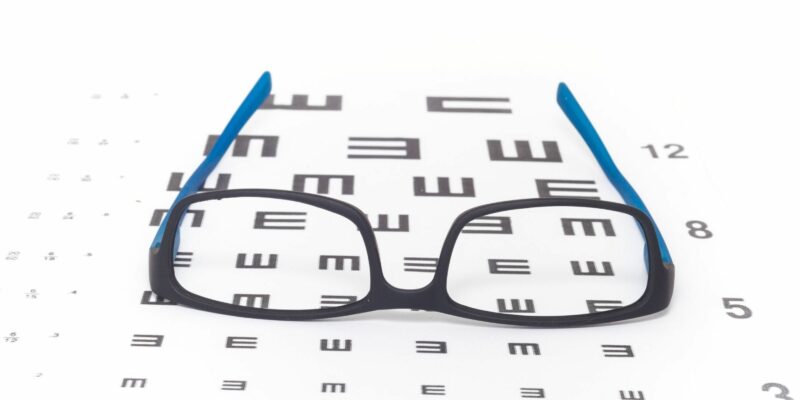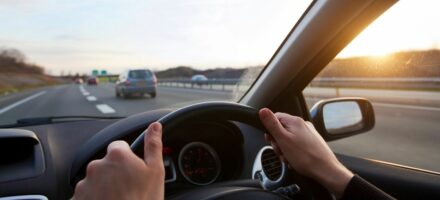
You must tell the Driver and Vehicle Licensing Authority (DVLA) of any condition that is likely to interfere with your ability to drive safely. One of these requirements relates to eyesight standards.
The Eye Test
When a learner driver takes the final part of the driving test, the Practical Test, the examiner will ask him to read a number plate on a stationary vehicle. To meet the eyesight requirement, a driver must be able to read a plate from 20.5 metres, or from 20 metres if the new-style number plate is used. In 2001, narrower letters were introduced on car registration plates, reducing the width from 57mm to 50mm.
If a person normally wears glasses or contact lenses, it is perfectly acceptable to use these for reading the number plate. However, it must be remembered that, should glasses or contact lenses be needed to meet the eyesight standard, these must be worn at all times when driving. Failure to do so can be classed as a criminal offence. Should a driver fail to read the plate, the examiner will give him a second opportunity. If he still fails to read the plate, the examiner will measure the exact distance from the registration plate and will ask a third time for the learner to read the registration.
Revoking of Licence
Failure to read the registration number of a car that is the appropriate distance will result in automatic failure of the driving test. The examiner will complete form DL25, which is the driving test record, and he will record that you have not been able to meet the prescribed eyesight standard. The examiner will record the distance and the correct registration on the back of the form.
In addition to form DL25, the examiner will ask the learner to sign form DL77, which will be sent to DVLA, resulting in the Provisional Licence being revoked.
Appeals
Of course, a learner driver may then appeal and ask for his licence to be reinstated. The DVLA may request a report from an optometrist. The legal requirement for driving a car in the UK equates to about 6/12 vision (using the Snellen Acuity test). If a person has 6/12 vision, it means they can read letters from 6 metres that a person with normal eyesight could read at 12 metres. The larger the second number, the worse a person’s eyesight is. Of course, this is impossible to determine accurately from a roadside test, so the DVLA may request a proper examination and report from an approved optometrist.
Informing the DVLA
People with existing licences must notify the DVLA if their eyesight deteriorates to a level that prevents them from meeting the driving standards. It is not only eyesight that must be reported. Certain conditions that reduce the peripheral or visual field must also be reported. Conditions such as glaucoma may result in a reduced visual field, so it is worth seeking professional advice before notifying the authority.
Keep Driving
It is good to note that most people are able to meet the eyesight standard (usually with glasses) well into their 70s and 80s. Remember also, you must be able to see the road and be able to read the instruments. As people age, the ability to read close-up deteriorates, so it is worth keeping an ‘eye’ on both long-distance and short-distance sight.
Disclaimer: The information in the article is for general purpose information only and should not be constituted as legal advice. This article has been produced by a third party and Jardine Motors does not take any responsibility for the completeness, accuracy, or reliability with respect to the website or the information provided. Article last updated March 2016.



